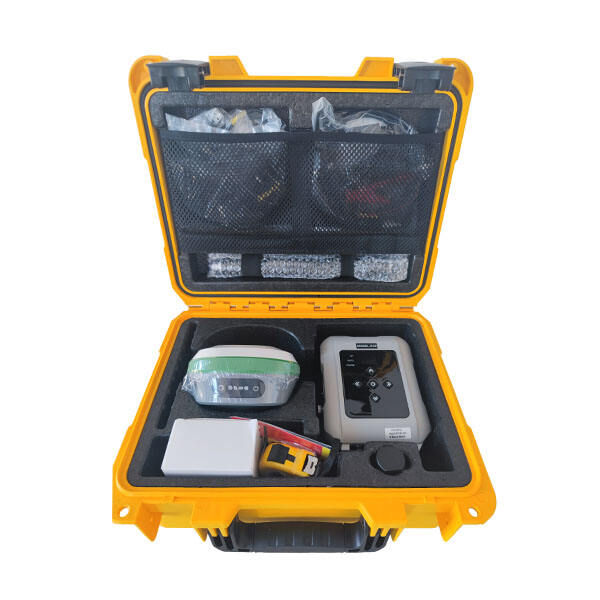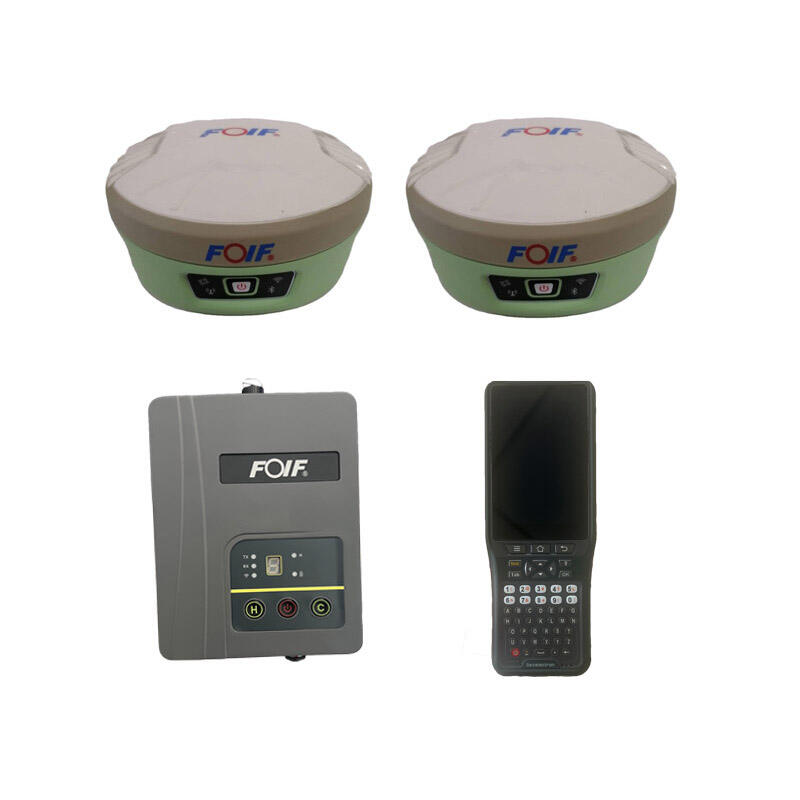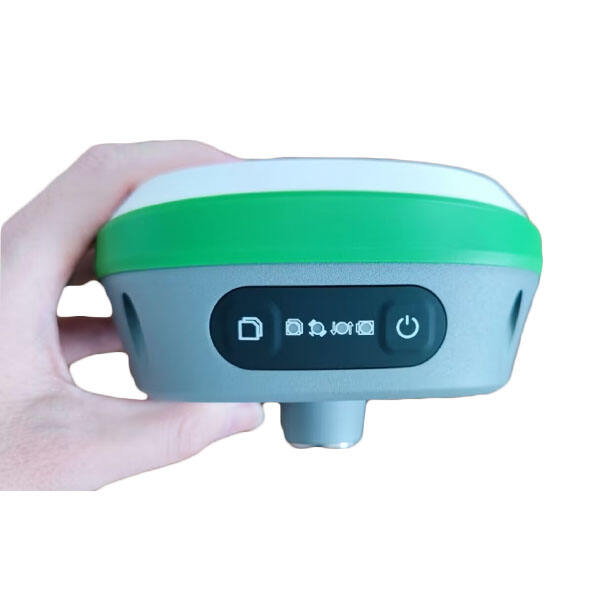gnss receiver
A GNSS (Global Navigation Satellite System) receiver is a sophisticated electronic device designed to determine precise positioning, navigation, and timing information by receiving and processing signals from multiple satellite constellations. This advanced technology can simultaneously track signals from various satellite systems including GPS, GLONASS, Galileo, and BeiDou, providing enhanced accuracy and reliability in position determination. The receiver works by measuring the time signals take to travel from satellites to the receiver, using these measurements to calculate its exact location through trilateration. Modern GNSS receivers incorporate multiple channels for parallel signal processing, advanced signal filtering capabilities, and sophisticated algorithms for error correction. They feature high-sensitivity antennas, multi-constellation compatibility, and real-time kinematic (RTK) positioning capabilities, enabling centimeter-level accuracy in optimal conditions. These devices find extensive applications across numerous sectors, including surveying, agriculture, construction, transportation, and personal navigation. The integration of GNSS receivers in smartphones, vehicles, and professional equipment has revolutionized how we navigate and track locations in both personal and professional contexts.


